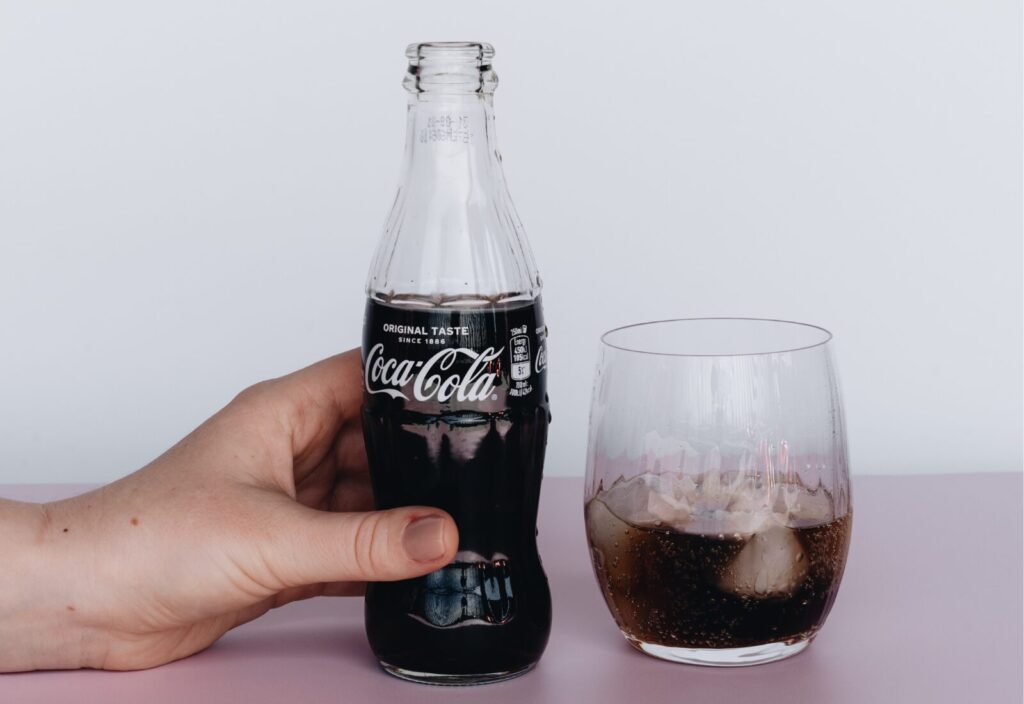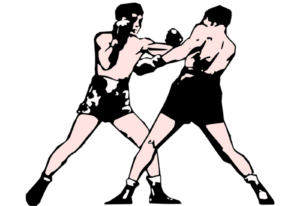The Trademark Functionality Doctrine
The Trademark Functionality Doctrine limits what can be trademarked. It prevents companies from getting exclusive rights to functional features of a product, like its packaging or design. This protects competition and ensures there are a variety of choices for consumers.
Patents, on the other hand, grant inventors a temporary monopoly over new functional designs. This encourages innovation but doesn’t restrict competition forever. Unlike patents, trademarks can be renewed indefinitely. If trademarks could protect functional features, companies could gain permanent monopolies, harming competition and raising prices for consumers.
When talking about functionality, in most cases these days, we are talking about a trademark trade dress and whether product features can be protected under trademark law’s expansiveness.
Aesthetic Protection of Trademark via Trade Dress
Though functional aspects are not protectable under trademarks, the expressive product packaging, design, or configuration can be. This is known as trade dress protection.
Trade dress has been defined as a product’s “total image and overall appearance.” Traditionally, trade dress centered around product packaging or labeling, and its boundaries were defined by the size, shape, color, texture, and graphics of the product. Over the years, trade dress protection has been granted to a multitude of product-related items. Without a doubt, trade dress was expanded when courts began to recognize that a product’s design itself may operate as its packaging. Think of the Coca-Cola bottle. Today, trade dress protection has been extended to a large variety of things, including books, magazines, outfits, outdoor and indoor décor, and the look and style of television advertisements.
A protectable trade dress has three elements: (1) a combination of features or elements that is (2)nonfunctional and, (3) distinctive. To be protectable, a trade dress must be nonfunctional. Hence determinations of functionality arise.
The Trade Dress Functionality Test
The U.S. Supreme Court has enumerated tests for functionality to determine if a product feature can or cannot be trademarked. It stated that a product feature is functional and not protectable as a trademark “if it is essential to the use or purpose of the article or if it affects the cost or quality of the article.” Ultimately, this is satisfied if such use of the allegedly functional feature would put competitors at a significant non-reputation-related disadvantage. However, the precise test is used to determine functionality will depend on whether a product feature is utilitarian or aesthetic. Aesthetic functionality implicates what is called the competitive necessity test, whereas utilitarian functionality implicates the effect-on cost test.
In TrafFix Devices, Inc. v. Marketing Displays, Inc., The U.S. Supreme Court addressed whether metal springs on a road sign design were protectable as trademark trade dress or whether they were a nonprotected functional feature. In its decision, the Court enumerated two tests– one for utilitarian functionality, and another for aesthetic functionality. The test for utilitarian functionality looks at instances when the claimed design is essential to the purpose of the article or affects the cost or quality of the article. The test for aesthetic functionality determines if it is competitively necessary to use the feature of the design in the relevant market. If a product satisfies one of these tests, it is functional, and therefore ineligible for trademark protection. But what exactly is aesthetic vs. utilitarian functionality?
Utilitarian Functionality
The First Restatement of Torts also provides an evaluation of utilitarian functionality. It states that a feature is “functional… …if it affects [a product’s] purpose, action or performance, or the facility or economy of processing, handling or using [it].”
In one case, the unique design of a chair’s backrest was determined to be nonfunctional, even though every chair needs a backrest, because there were beautiful aspects of the chair that were included in and apart from its utilitarian functions. Conversely, in another case, the color combination of a chicken pan feeder was determined to be functional because the color served a purpose in attracting chickens. It certainly didn’t help in that case that there was a prior patent application for the product.
It can be said that some strategizing should now be used when determining whether to invest in a duration-limited utility patent, or whether to instead pursue trade dress’ unlimited duration, as the existence of a utility patent application tends to speak to the functionality of a product, thereby potentially barring protection under the trademark functionality doctrine.
Aesthetic Functionality
Aesthetic Functionality is a controversial aspect of the functionality doctrine. It is implicated in instances where goods are bought largely for their aesthetic value. One example of this is a candy box in the shape of a heart. Though such a box is decorative, it may also be considered functional because of its inherent significance as a loving gift. And that makes sense, since one brand should not have the exclusive rights to use a heart shaped candy box on Valentines Day. However, such determinations are questions of fact that look to whether granting protection would deprive others of a competitive advantage. Conversely, a feature is non-functional if the feature can be removed without a significant loss in the product’s value.
Additionally, aesthetic functionality is asserted as a trade dress infringement defense and is applied to symbols that have a strict utility, such as an emblem on a ring identifying the members of a group or fraternity. In such cases, there exists some other reason to prohibit trademark protection, such as the utility of identifying a person as a member of a group, rather than signaling a product source. The test for aesthetic functionality is somewhat nuanced, but centers on the notion that trademark law should not put competitors at a non-reputation-related disadvantage. The practical application of this test may be better stated as: trademark holders can obtain a reputation-related advantage through trademarks, but not any other advantage.
The Economic Policies Behind the Functionality Doctrine
Unlike copyright and patent law, trademark law seeks primarily to avoid consumer confusion and promote the protection of product-associated goodwill. The U.S. Supreme Court also noted that trademarks reduce consumer search costs and provide incentives to produce goods with consistent quality. Trademarks are an essential part of competition, because they promote informed consumer choice with limited monopoly. The theory is that trademark protection should be unavailable for functional features that would interfere with market competition. As such, features unrelated to source identification should not be protectable via trademark.
Conclusion
Trademarks simultaneously help and harm consumers. Consumers benefit from the information surrounding product source and informed purchasing decisions, because they are able to evaluate the price and quality of various products quickly. They know what brand they like, they know the brand with quality, and they can find it in a snap.
However, overly expansive trademark protection can also harm consumers. The total removal of confusion from the marketplace would harm consumers because producers would thereby acquire monopoly power, and these monopolies, extended over functional product features, would increase prices, and remove the ability to produce comparable goods entirely. Though you could easily find the product you are looking for there would be fewer of them to find.
The functionality doctrine attempts to balance these consumer interests and harms by limiting the scope of trademark protection, leaving the door open for a wider variety of products, each with their own distinctive look and feel—a wide range of comparable products with a wide range of brands from which to choose.

























